On Sunday July 26 ’15 BestRest was leaving the Touratech/Overland Rally in Plain, WA. My riding buddy and rally helper Steve Irby was riding home on his BMW F650GS, and I was driving the truck and trailer (poor me). He left at 0615 after we discussed the early hour and the strong possibility of deer on the roadways. Steve is a cautious rider and affirmed that he would be watchful and careful. I believed him.
A few minutes later I got a phone call, “David come and get me, I hit a deer… the bike is totaled, but I’m OK.” I motored to his location and found that other riders had pushed Steve’s bike off the highway. Steve was sitting on the guard rail looking chipper. He seemed OK except for a sore shoulder and a few minor scrapes, but a few minutes late he felt a cracking noise in his shoulder and the adrenaline wore off, so we called for EMT’s and state patrol. They hauled him to the hospital where I met him, then I hauled Steve and the bike back home.

Long story made short, Steve’s riding gear protected him from serious road rash, and his helmet protected his noggin, but the tumble down the highway broke his collar bone. I reckon that’s a small price to pay for a highway get-off.
The deer came from the left rear, behind Steve’s field of view, kinda like a Sidewinder missile with “target lock”. It aimed for the space between his front wheel and the engine, and upon impact the bike flipped and tumbled down the highway. The 2-point buck was killed by the impact so justice was served. Steve’s bike was dead but insurance will pay for it. Steve will ride again but not for a couple months.
Steve’s gear did what it was designed to do. Full face helmet, armored jacket, armored pants, armored gloves, and heavy boots all sacrificed themselves to protect Steve. This is a good example of “All The Gear All The Time – ATGATT”.
Update May 2016. After a few months Steve was back on the bike, good as new. And he got a new motorcycle from the episode.
So what can YOU do to prevent a deer strike? Here’s some helpful pointers, but quite frankly NOTHING you do can guarantee you won’t someday hit a deer. Ride long enough and it’s gonna happen.
- Ride AWARE – Always be scanning ahead and look for them critters. Watch for color and movement. Keep your eyes roving because they pick up movement better that way.
- Consider time of day – Early morning and late afternoon are prime time for deer to be on the move. You might even consider adjusting your schedule so you don’t have to ride an hour after sunrise or an hour before sunset.
- Reduce speed – We all like to ride fast, but dropping your speed in deer country makes sense.
- Consider terrain – Brush or trees close to the roadway provide hiding places, so adjust your speed accordingly.
- Protective gear – Wear it all the time because you NEVER know when you’ll need it. Armor is your friend, and you’ll need it on shoulders, elbows, knees, hips AND HANDS. Don’t ride without gloves. Don’t ride without a helmet, even if it’s legal.
- Deer Whistles – A controversial topic to say the least. Tests have shown that they are marginally effective, or not effective at all. If you use one (or 2 or 3), don’t rely on them to prevent a strike – follow the above guidelines anyway. Some guys swear by them, saying that since they installed whistles they haven’t hit a deer. Based on that logic, I’m gonna start wearing tin foil on my head so I don’t get abducted by aliens.
- When you see a deer, don’t assume ANYTHING. They may start running away, then turn around and head right back into your path. They’re unpredictable – it’s in their job description.
- When you see a deer, brake as quickly and safely as possible, and take other countermeasures. Swerving is OK, but don’t assume that will prevent the deer from changing direction. The best countermeasure is to reduce speed.
- If you’re riding with others, signal to them that you’ve seen deer so they can take action too – don’t assume that they’ve seen what you’ve seen. I know this is true because I often ride with others and we discuss the ride later. When I ask them if they saw the deer at that hairpin curve or grassy field, more often than not they didn’t. Could be the deer moved before they got there, or it could that they just didn’t pick up on it. And the same is true for me – they saw a deer that I missed.
Bottom line – whenever we ride we take chances. Deer won’t keep me (or you) from riding, but they are a hazard and we can take reasonable measures to reduce deer strikes, and still enjoy the sport.
If you have other ideas I didn’t mention, please send them to me so I can add them to the list. Everyone will benefit.

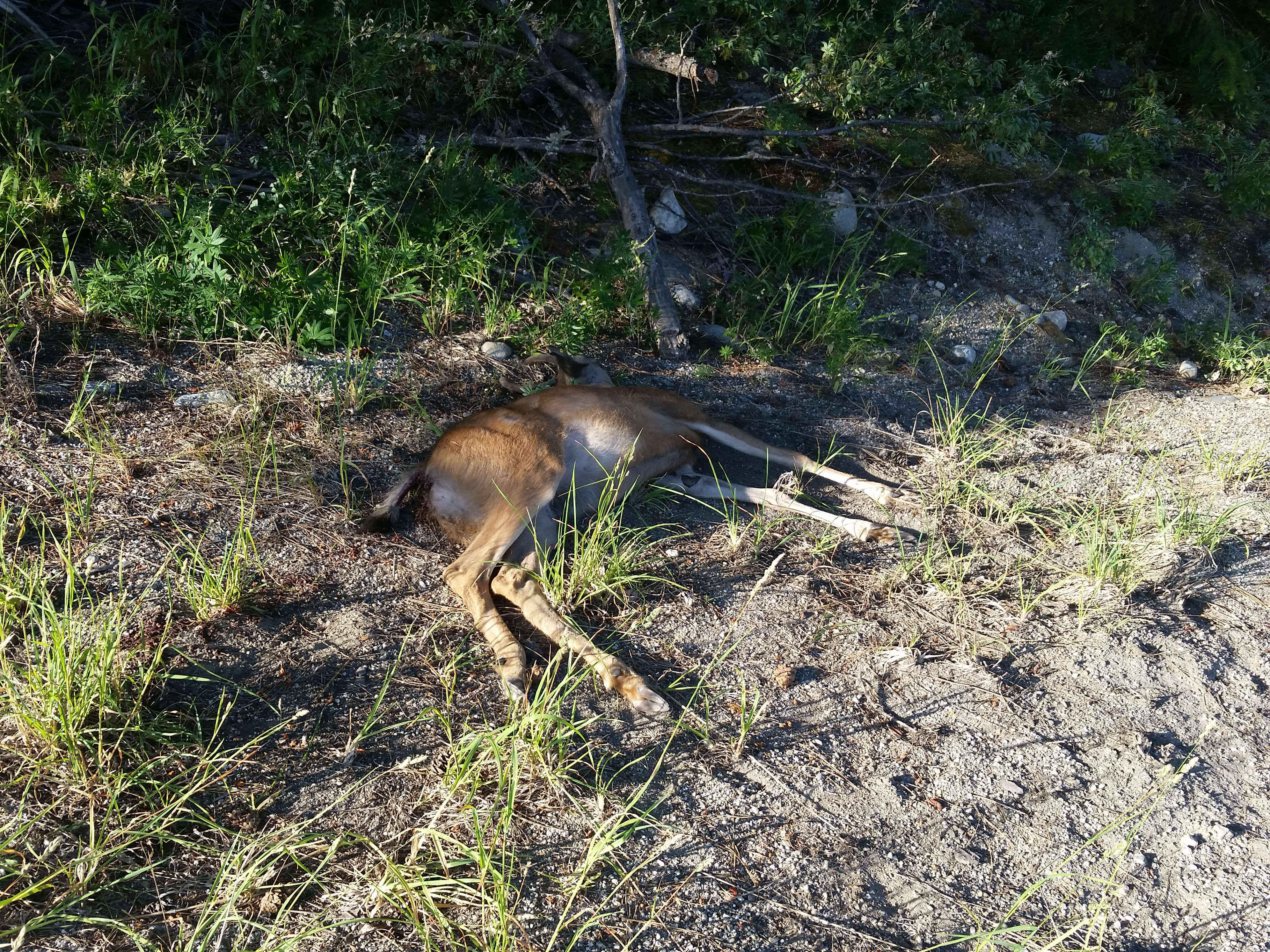
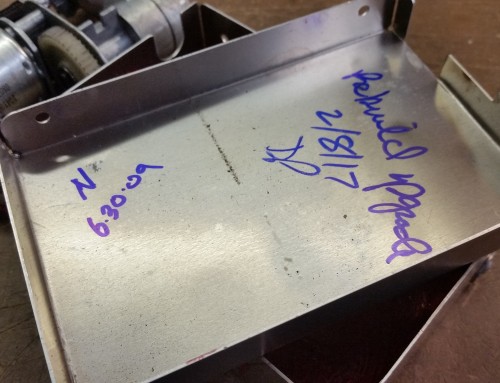
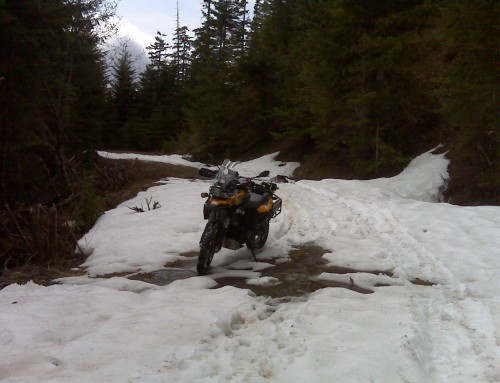
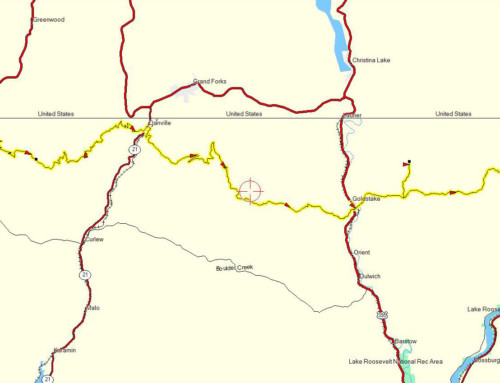
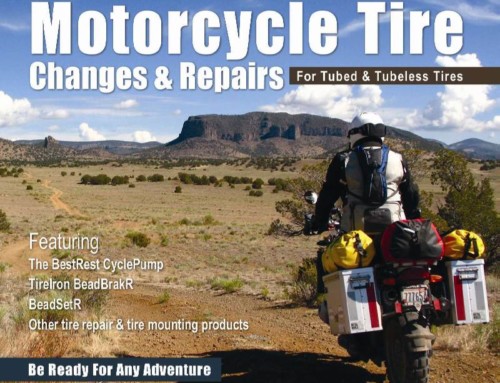
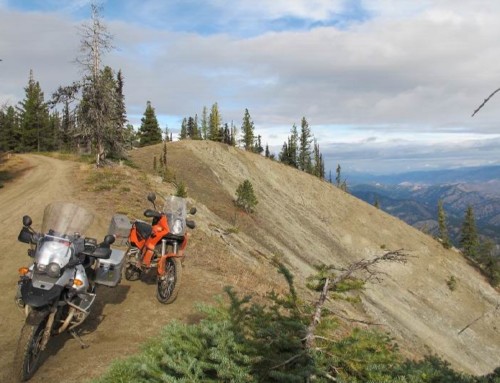
Leave A Comment
You must be logged in to post a comment.